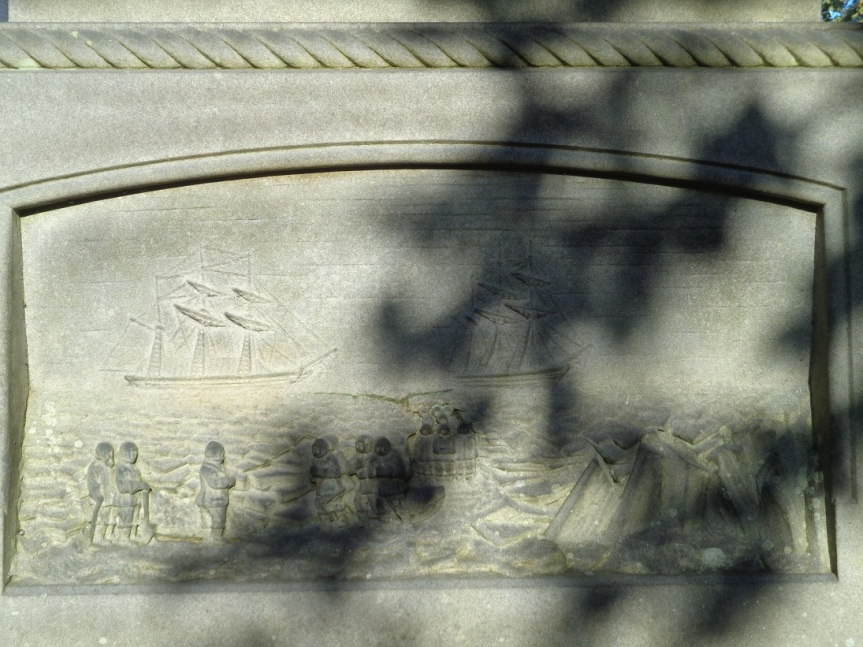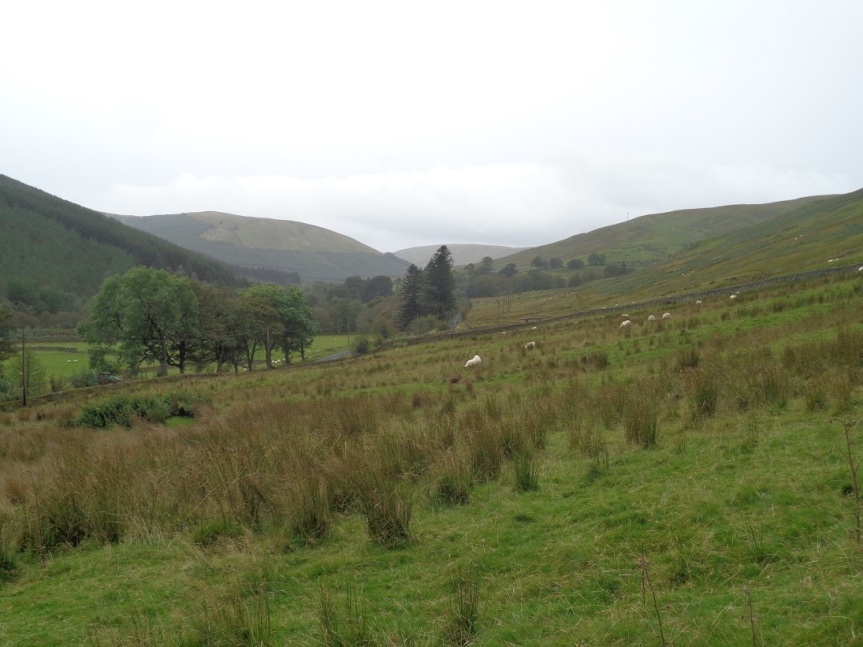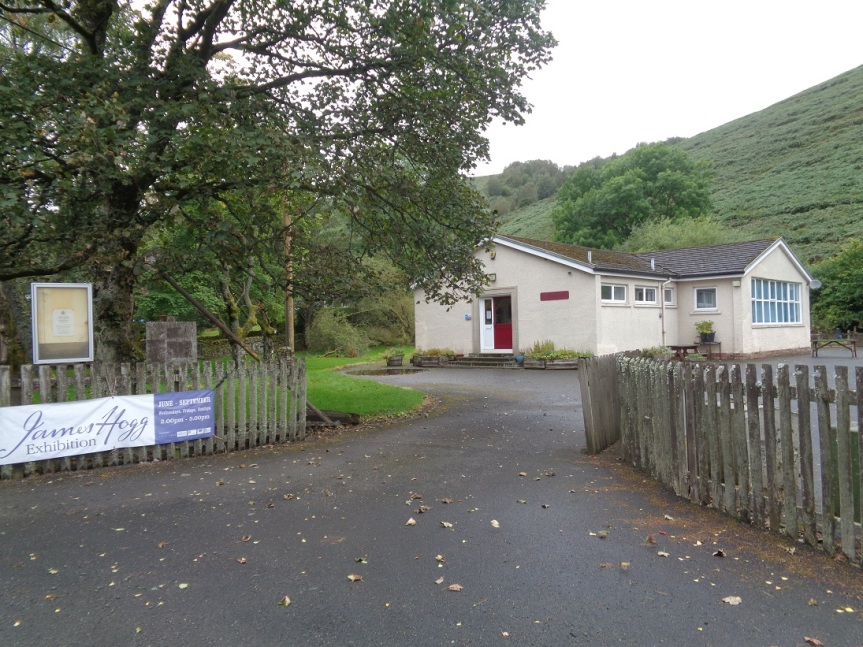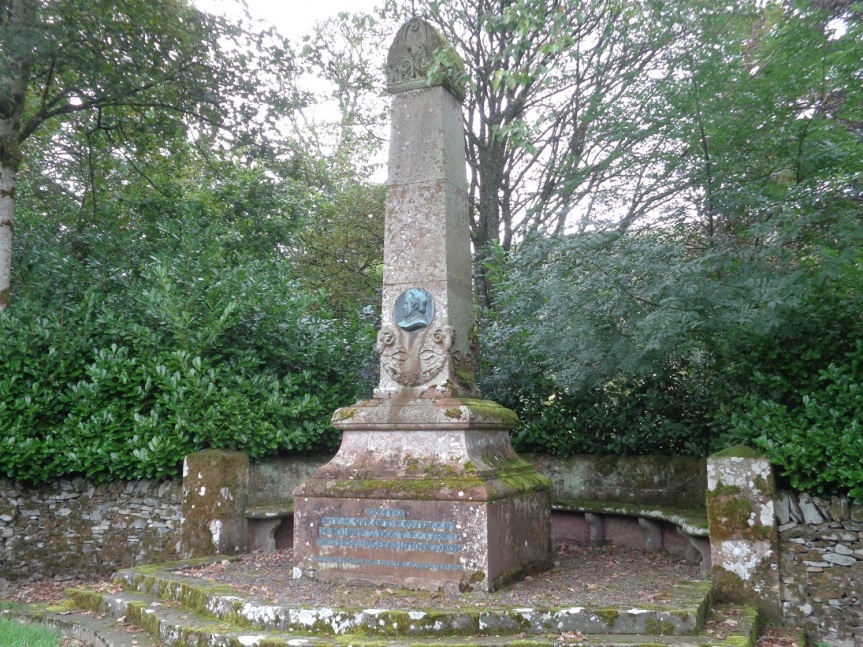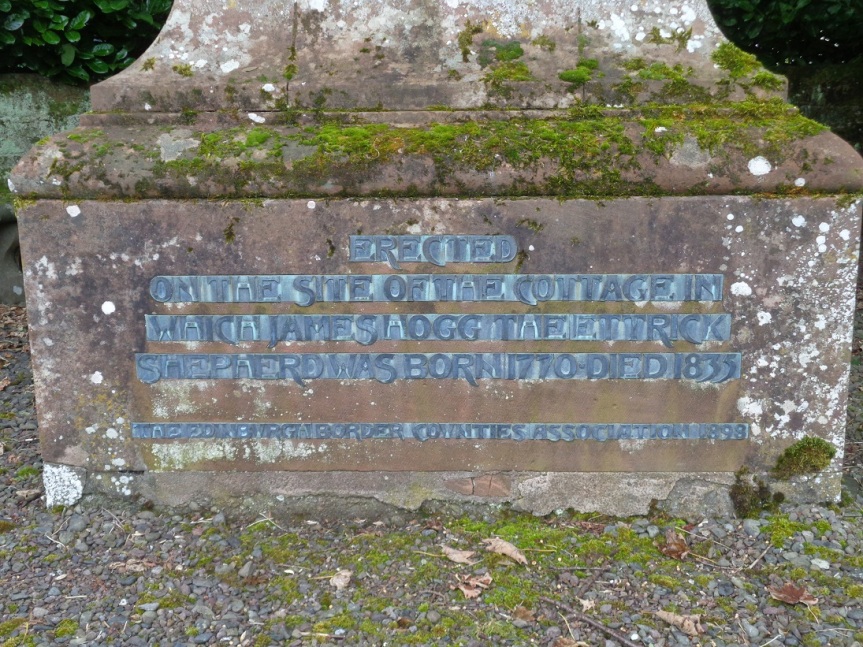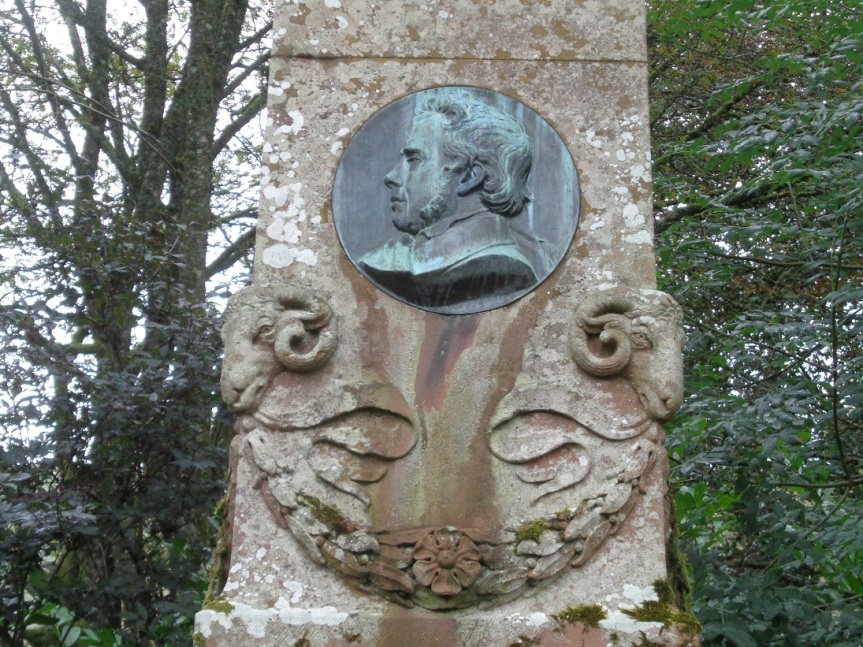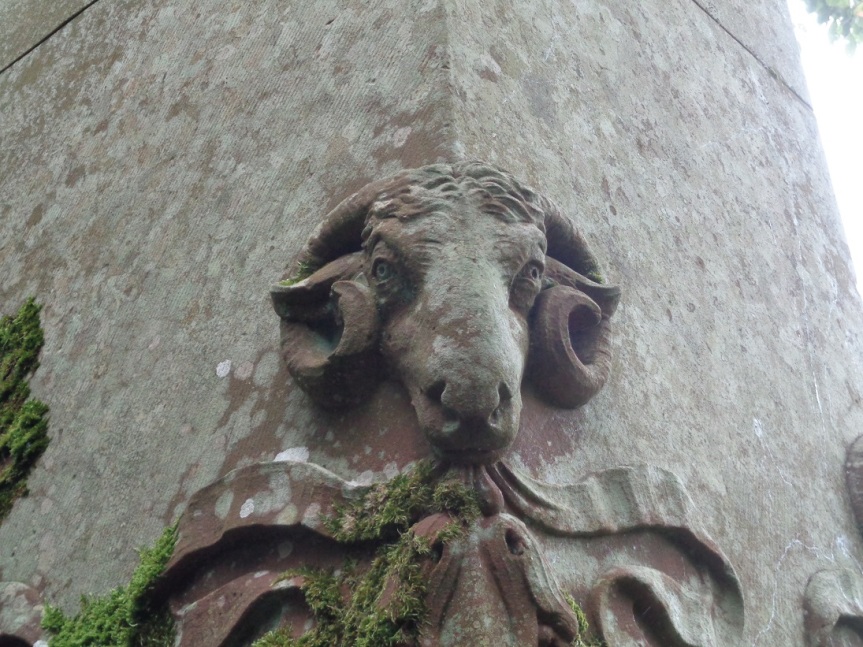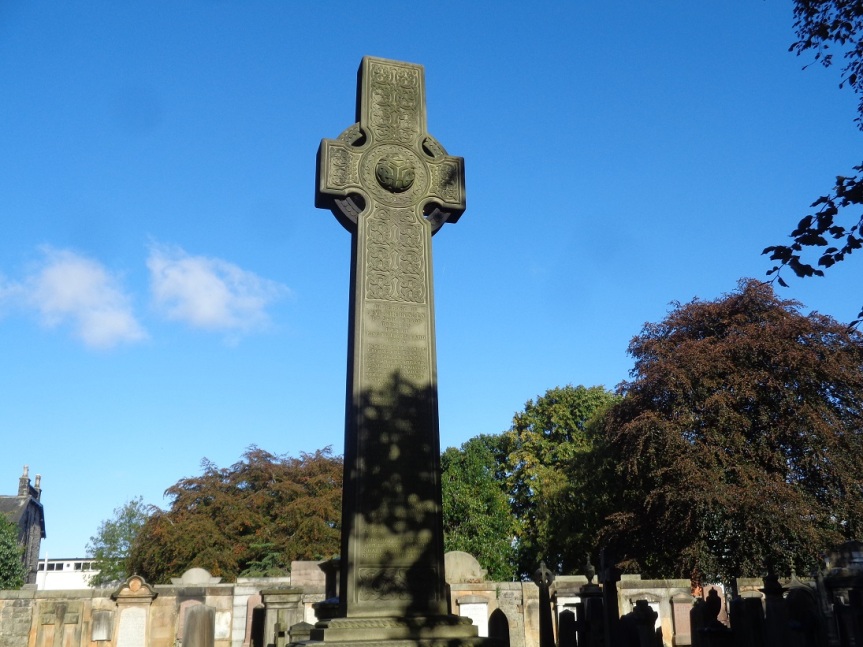
Only two bodies were ever brought back from Franklin’s last expedition – the others are buried over there, or not exactly buried over there, or just gone.
One, found in the south of King William Island, is now buried in the Franklin memorial in the Royal Naval College in Greenwich. The other, found near the camp made when the ships were just abandoned, but probably one of a party which returned to the ships later for supplies, was for some reason brought back to Edinburgh and buried in the Dean Cemetery – the only family burial.
I went hunting for it one autumn morning, getting mixed up first in rows of 20th century graves in a section nearer the road, and finally getting myself into the right place. This is the third expansion of Edinburgh, the extension over the Water of Leith after the Dean Bridge was built, and it’s really quite solidly Victorian, although early enough to catch the tail end of the Georgian greats.
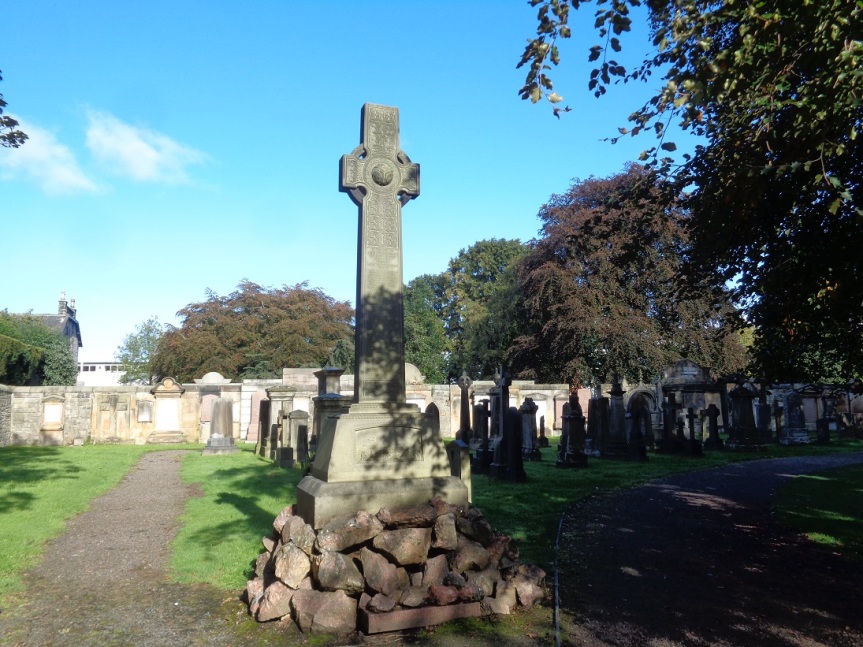
The grave I was looking for was quite an imposing one, and not difficult to find – a bit out of the set lines of stones, towards the back.
The upper section is in the form of a Celtic cross, intricately carved.
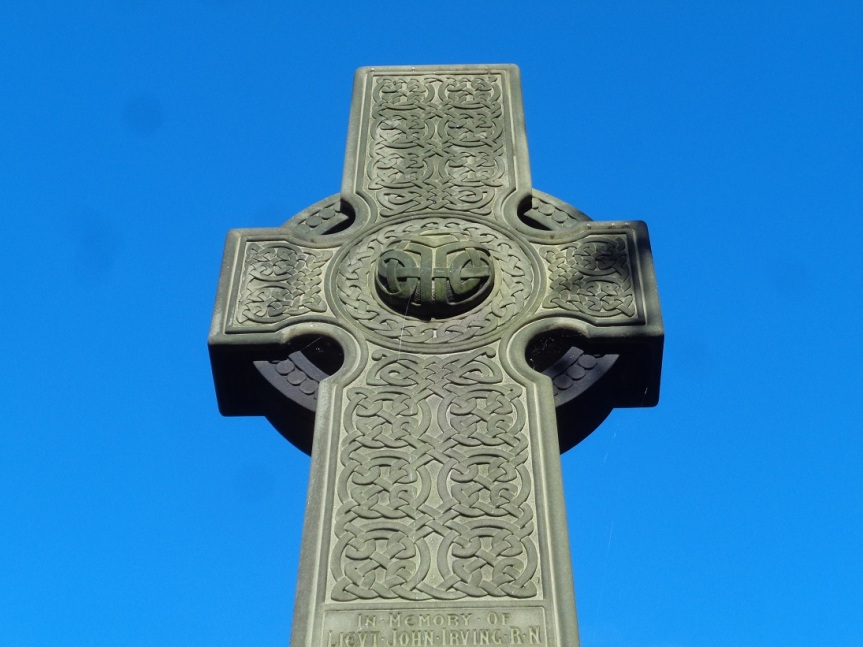
This is understood to be the body of John Irving, third lieutenant of Terror – the body was identified by Schwatka’s expedition because of a prize medal left at the original shallow grave, and although there’s no particular reason, as far as I know, to believe that they were wrong, there were other cases of bodies being found with possessions which (for example) had originally belong to a friend.
The carving of the inscription is clear enough, but it was hard to read under the strong shadows.
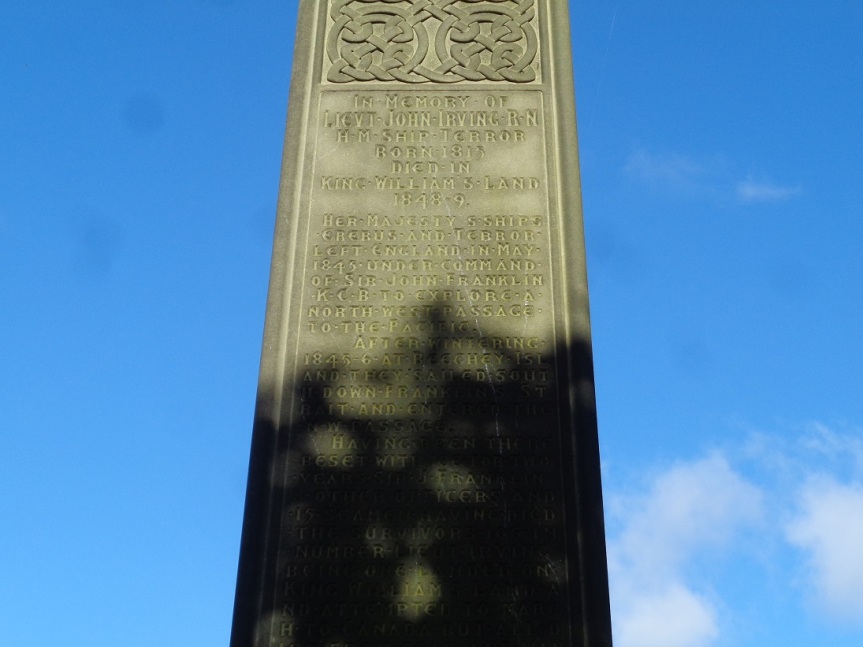
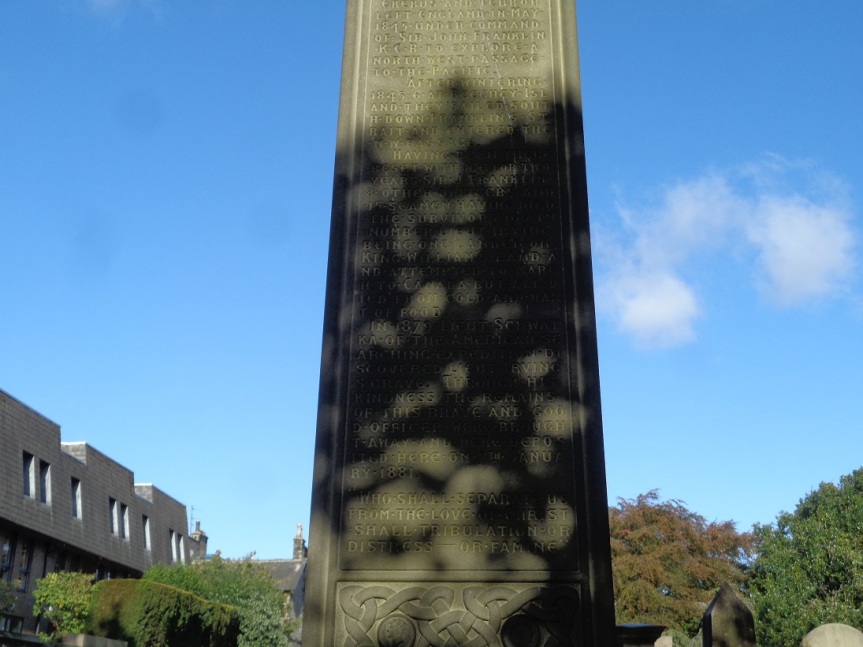
In memory of Lt John Irving RN
HM Ship Terror
Born 1815
Died in King William’s Land 1848-9Her Majesty’s Ships Erebus and Terror left England in May 1845 under command of Sir John Franklin KCB to explore a North West passage to the Pacific.
After wintering 1845-6 at Beechey Island they sailed south down Franklin’s Strait and entered the NW passage.
Having been there beset with ice for two years, Sir J Franklin, 8 other officers and 15 seamen having died, the survivors, 105 in number, Lieut. Irving being one, landed on King William’s Land and attempted to march to Canada but all died from cold and want of food.
In 1879 Lieut. Schwatka of the American Searching Expedition discovered Lieut. Irving’s grave. Through his kindness the remains of this brave and good officer were brought away and were deposited here on 7th January 1881.“Who shall separate us from the love of Christ? Shall tribulation or distress — or famine”
Below the inscription is an image of the burial – the ships behind, and the gravediggers with their spades, and the rows of mourners bringing the body. The reality was probably not so imposing – this was a shallow burial even by the standards of that frozen land, more or less uncovered when it was found, and with no attempt at a coffin, the body simply wrapped in cloth which might have been a coat.
